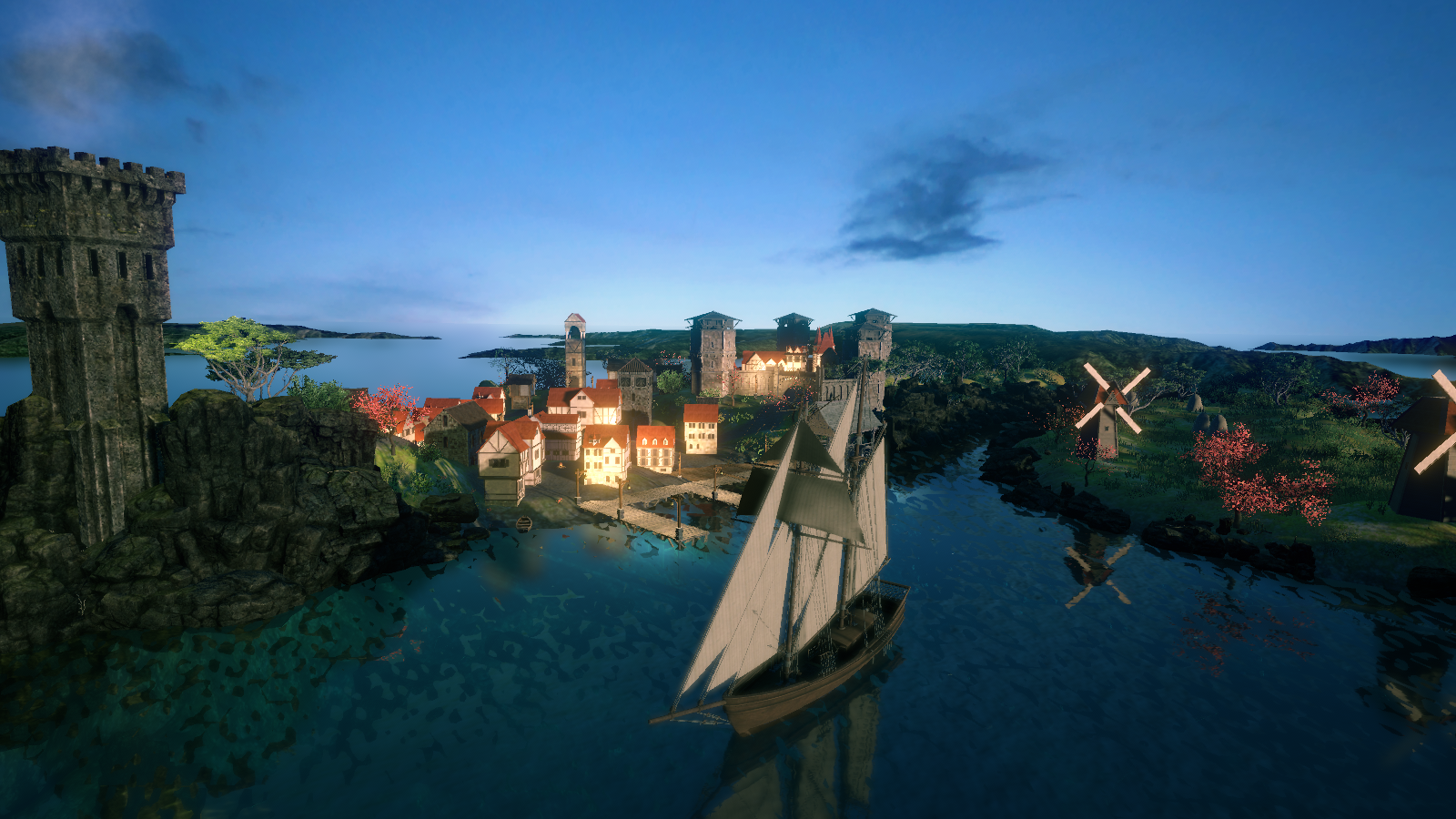Firework Oak
Known by many names Lantern Reed, Drop Seed, Water Reed, Firereed, Thorngrove, or the most common name is Firework Oak. Quinarius Ignisalba is the essential plant for the whole of the Isle of Kings; fuel for homes, wood for building, and shelter from the heat.
Due to its unique biology it remains the best plant with its; rapid growth in the rainy season, the outer layers of tissue dry-out becomes dense and grooved like the bark of a White Oak increasing its fire resistance, driving it's rhizomal roots deep into the soil, it breaks up hard-packed clay soils, while it stabilizes loose soils until grasses return, and once the rains returns new trees spring up from the rhizomes.
Due to its unique biology it remains the best plant with its; rapid growth in the rainy season, the outer layers of tissue dry-out becomes dense and grooved like the bark of a White Oak increasing its fire resistance, driving it's rhizomal roots deep into the soil, it breaks up hard-packed clay soils, while it stabilizes loose soils until grasses return, and once the rains returns new trees spring up from the rhizomes.
Basic Information
Anatomy
Legume style thick wax coated leaves, with thorns protecting the leaves from browsing on the young shoots. Long straight poles like in bamboo, while retaining a dense, deep grooved, woody bark much like White Oak. Seed pods are located near the top of the tree when enough heat in a short amount of time dries the pods they violently rupture casting their seeds out. Each seed has three woody cups that can create enough lift in the event of a wildfire's updraft to carry the seeds off into a new area. Once the fire dies down the seeds drop into the fire scared soils starting a new grove once the rains return.
Genetics and Reproduction
Seed pods are located near the top of the tree when enough heat in a short amount of time dries the pods they violently rupture casting their seeds out. Each seed has three woody cups that can create enough lift in the event of a wildfire's updraft to carry the seeds off into a new area.
Growth Rate & Stages
Rapid growth(e.g. 2-5 feet) in the rainy season, as the outer layers of tissue dryout in the dry-season it becomes dense and grooved like the bark of a White Oak increasing its fire resistance as the season continues. Also during the dry-season it drives it's rhyzomal roots deep into the soil breaking up the hard-packed clay soils. Once the rains start to fall over a few days the tree pushes new trees up from the rhyzomes.
Ecology and Habitats
Wildfire prone areas are covered in vast groves of Quinarius Ignisalba it is not until the largest of trees punch through the canopy that the Quinarius Ignisalba dies back.
Additional Information
Domestication
Vast groves are planted in fire stricken areas or man-made areas to maintain constant fuel supplies for larger demands(e.g. Lighthouses, Steam locomotive fuel bunkers, ect...)
Uses, Products & Exploitation
Primary renewable firewood source and fire resistant timber.
Scientific Name
Quinarius Ignisalba
Lifespan
Fire sets the average lifespan.
Average Height
40-60 ft
Average Length
Hectares
Geographic Distribution



Comments